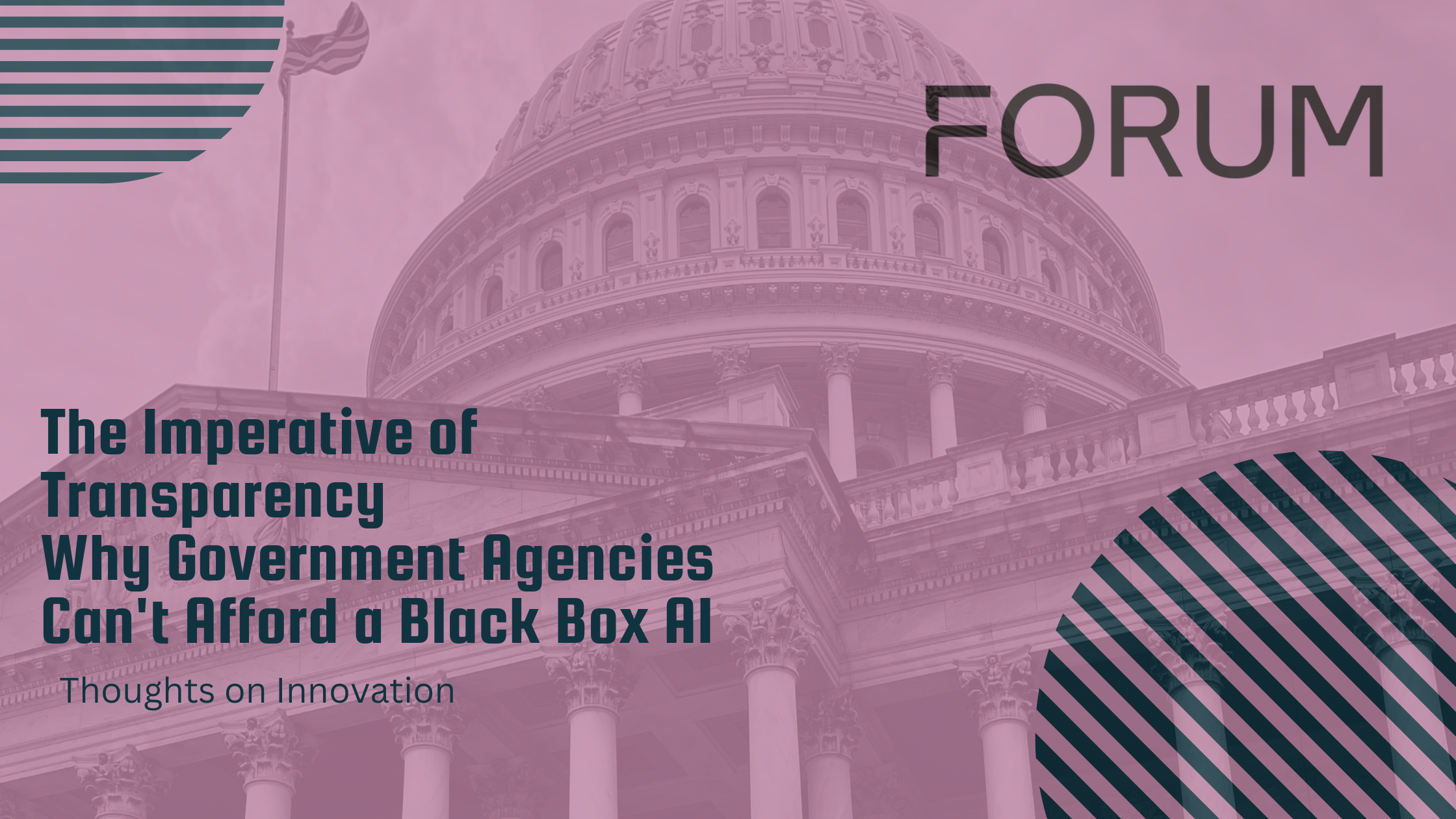
For government agencies, the adoption of artificial intelligence (AI) presents both a unique challenge and a critical opportunity. While AI promises to streamline operations and enhance public services, its use in deterministic, mission-critical tasks requires an unwavering commitment to transparency and auditability. Simply placing a process inside a “black box” and expecting consistent, defensible results is not a viable strategy for the public sector.
The need for an audit trail
Unlike private enterprises, government agencies operate under intense scrutiny and must be prepared to defend every decision. When AI is applied to areas such as benefits eligibility, law enforcement, or regulatory compliance, there is no room for opaque outcomes. Every transaction must be fully auditable, with a clear and understandable record of how each decision was reached. This requirement is especially crucial for AI agents performing work traditionally carried out by humans.
A transparent AI system allows agencies to “rewind” a process—tracing every step, data point, and decision made by the AI. This principle is central to platforms like Appian, where process orchestration records every action, delay, and outcome. By embedding AI within a structured process, agencies gain the necessary guardrails for accountability. They can demonstrate exactly why a permit was approved or a claim denied, upholding the principles of fairness and due process. The ability to trace a transaction end to end is not merely a best practice; it is a foundational requirement for AI use in government. Without it, agencies risk legal challenges and public backlash due to a lack of accountability.
The peril of deterministic black boxes
Government work—particularly in areas that affect citizens’ lives—is fundamentally deterministic. The rules are established, and outcomes must be predictable and fair. Using a “black box” AI, where the reasoning behind a decision is hidden, runs directly counter to this principle.
While a private company might tolerate minor errors from a black box model in a marketing campaign, a similar error in a government-run AI system could have severe, real-world consequences. Imagine an AI system denying a veteran’s healthcare benefits without explanation. A human administrator would be unable to justify or correct the decision, resulting in a process that is not only inefficient but also unjust.
This is why Explainable AI (XAI) is so critical. XAI goes beyond showing the data used—it provides a clear, human-understandable rationale for an AI’s output. For government agencies, this means an AI should never simply return “denied.” It should be able to explain why—citing the specific rules or data points that informed the decision. This level of transparency is essential to maintaining public trust and ensuring citizens feel they are treated fairly.
Building trust with knowledge workers
Transparency is not only vital for external accountability but also for internal trust and adoption. Knowledge workers—the human experts collaborating with AI agents—must understand and verify the logic behind AI recommendations before relying on them. When an AI system suggests a course of action without explanation, users are far less likely to trust or implement it, undermining the efficiency gains AI promises to deliver.
Conversely, a transparent system that “shows its work” empowers genuine human-AI collaboration. Appian’s Bringing AI to Work whitepaper underscores the importance of making AI a “worker, not a helper” by defining its role, embedding it within a team, and ensuring clear human oversight. When AI actions are visible and auditable, employees gain confidence in the technology, leading to broader adoption and more effective outcomes.
Ultimately, transparent AI enables knowledge workers to become “super-users”—individuals who not only use AI but also understand its behavior, can troubleshoot issues, and contribute to continuous improvement. This collaborative model, grounded in visibility and trust, is far more effective than one where humans must accept AI decisions without question.
Final thoughts
For AI to truly transform government operations, it must do so within the boundaries of accountability, explainability, and trust. Transparent systems—those that record, explain, and justify every action—represent the only sustainable path forward for responsible AI in the public sector.
Author details:

Jason Adolf is Vice President of Global Public Sector at Appian, leading digital transformation and AI-powered process automation initiatives for government and defense organizations worldwide. With over two decades of experience in technical strategy, business development, and solution architecture, he has driven innovation and efficiency across complex public sector programs. Prior to Appian, Jason held senior roles at Serco and SRA International, managing
large-scale IT implementations. A recognized thought leader and frequent industry speaker, he has been named a WashingtonExec Public Sector and AI Executive to Watch. Jason holds a B.A. in Business Administration from The George Washington University.
728X90 LEADERBOARD AD
Aspect 8.09:1